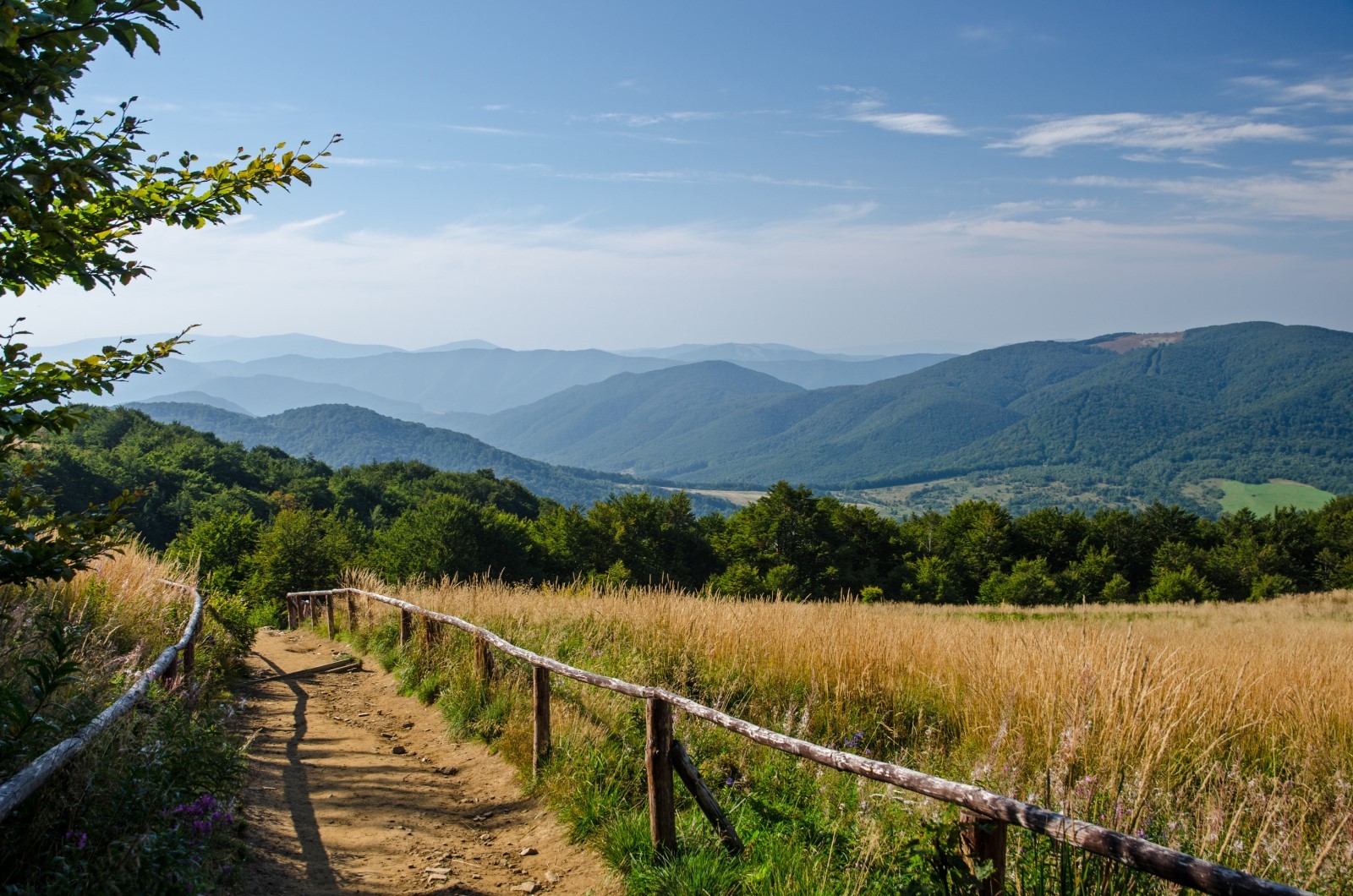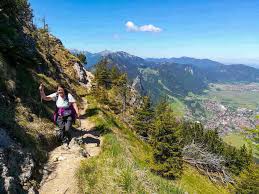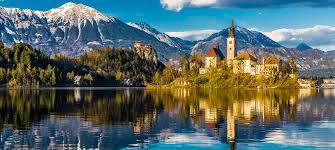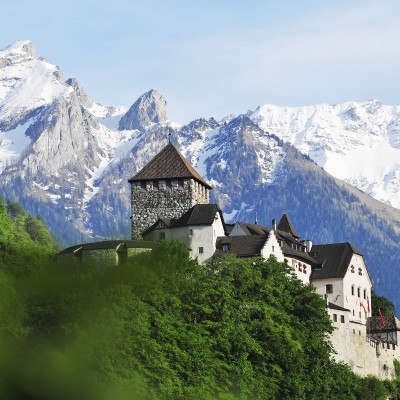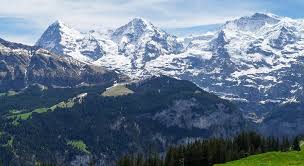Czech Carpathian
Only a small portion of the Carpathians lie within Czech republic. Furthermore, Czech republic is part of a block of countries in Europe with small populations of the big predators, which combined with their fondness for hunting is one of the reason that wildlife has had such a problem repopulating western Europe. However they are slowly returning.
Wolves were first spotted after their return in 1990, however, it was not until around 2010 when they started making progress. and currently have a population of around 100 within the countries borders.
There are not thought to be any bears living permanently in the country, but as there is a healthy population in Slovakia, they wonder across the border regularly – as such, it is entirely possible that eventually bears will settle full time.
Lynx are thought to have a population of around 80 Lynx within the borders of the country
As with other countries on the list, tourists visiting with the hope of seeing these animals can make a big difference to their future prospects.
Most of the Czech Republic is covered by low hills and plains, though much of the border of the country consists of mountains. Being part of this block of countries in Europe, the residents of the Czech republic have enjoyed hunting, as a result its only in recent years that they have been allowed to return. Whether these populations will be allowed to continue to exist we will wait to see, never-the-less if the population is allowed to return in central Europe, it will allow the Eastern and Western European populations of wolves bears and lynx to reconnect and allow a healthier genetic population.

